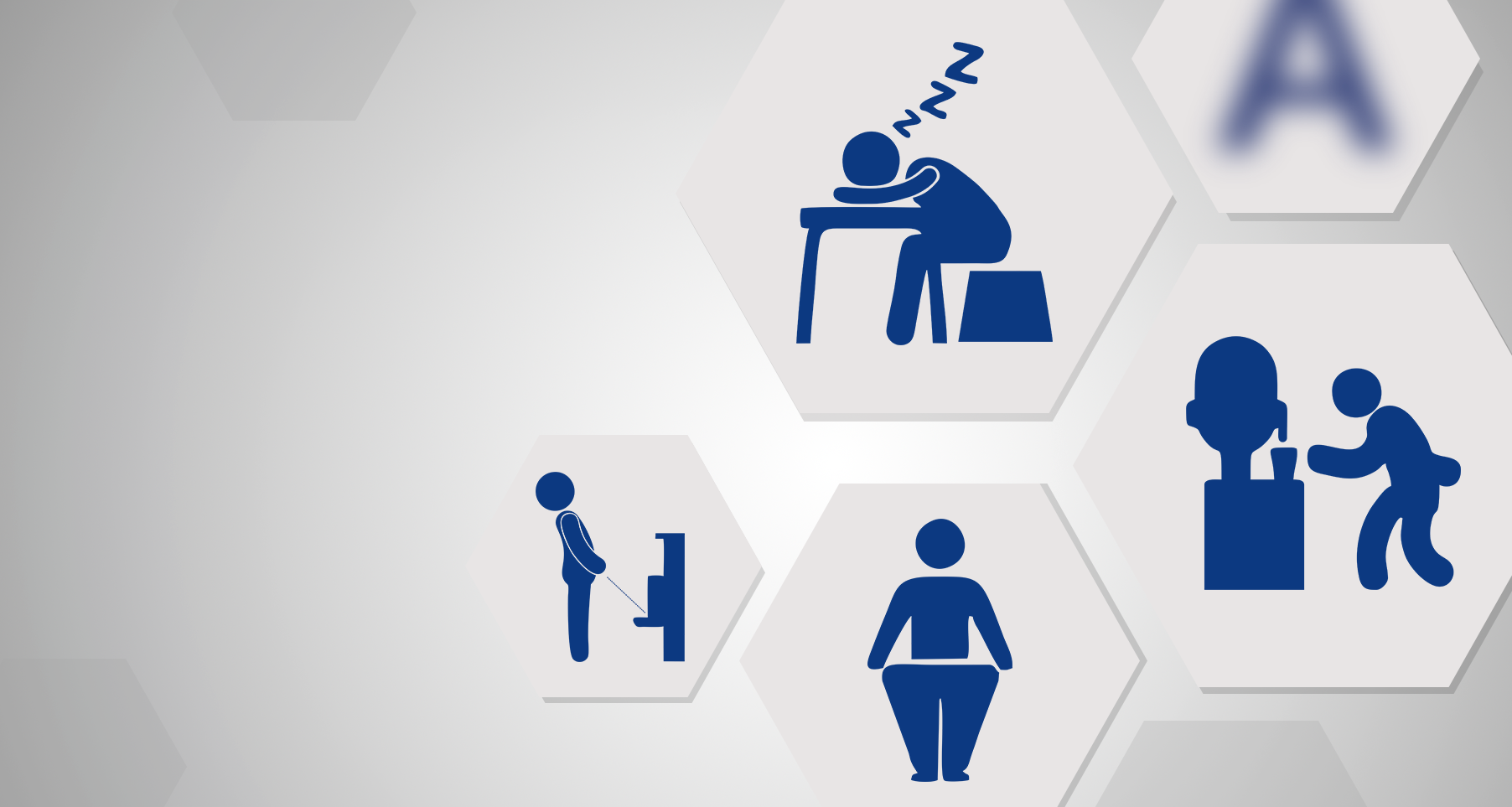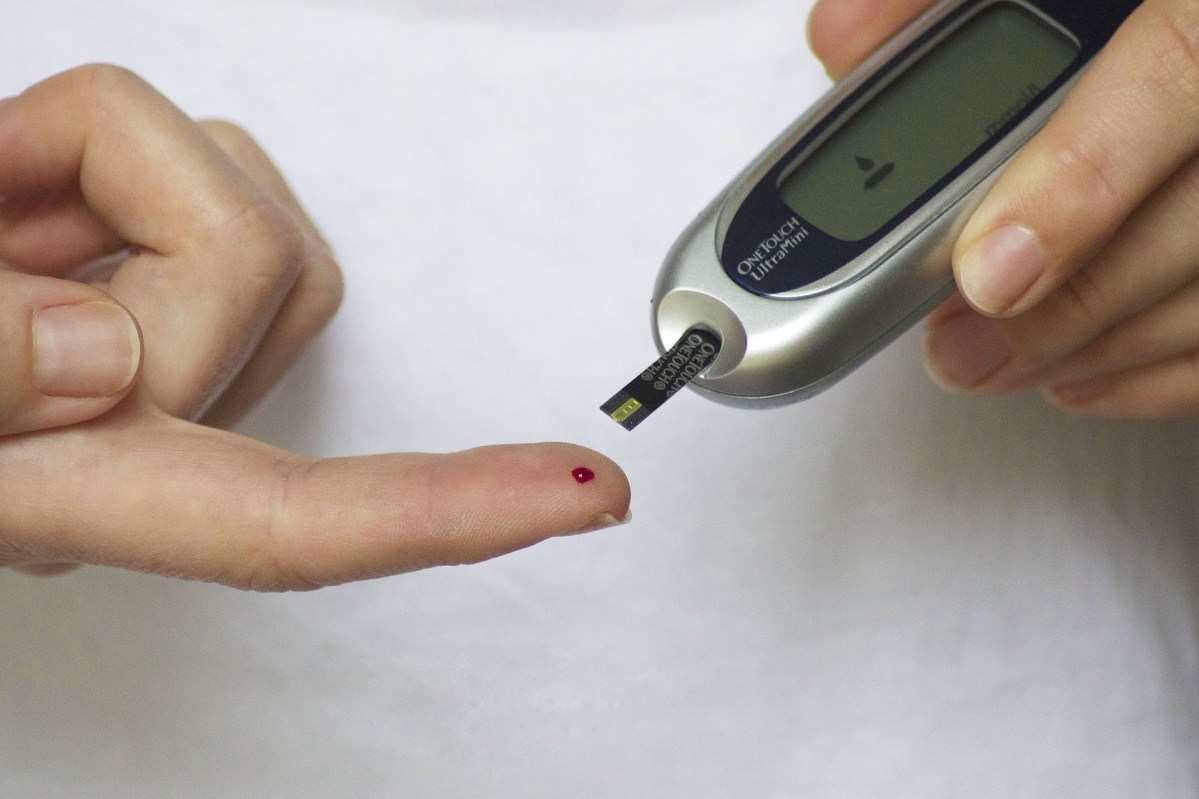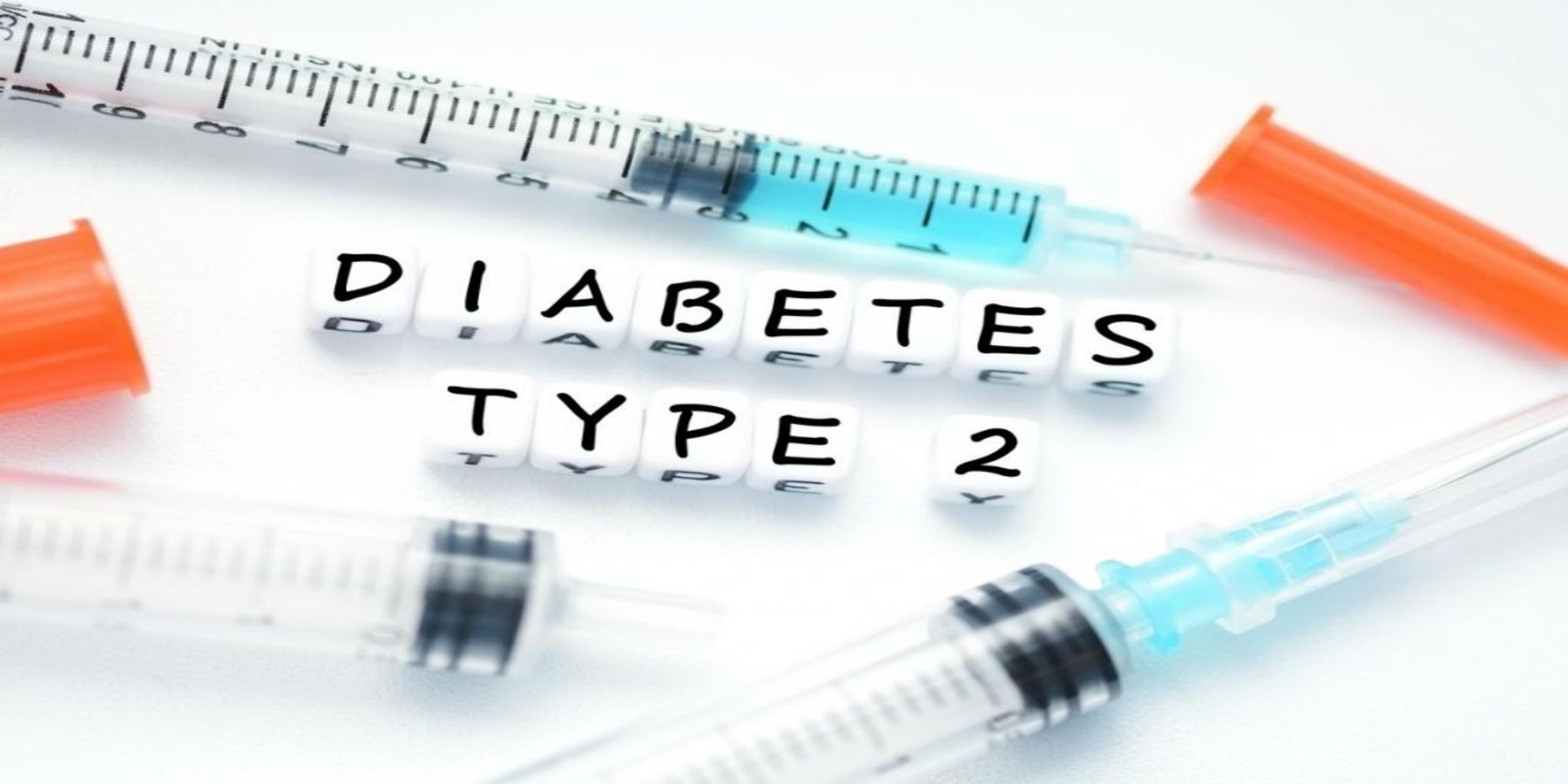Diabetes Mellitus Type 2 is a type of diabetes that affects the body’s ability to process glucose and convert it into the energy that the body needs. The body cells are hindered to utilize the insulin properly.
Diabetes mainly affects the metabolism of the body which causes high blood sugar, insulin resistance, and relative lack of insulin. Type 2 Diabetes is associated with obesity and less physical activity; genes also contribute to this condition greatly.
People are often confused about the type of diabetes they are suffering from, whether it is Type 1 or Type 2. But both the conditions are different, Type 1 diabetes is commonly seen in early childhood while Type 2 is diagnosed in people over the age of 30 years.
The underlying reason for Type 2 diabetes is a sedentary lifestyle, while Type 1 diabetes is a result of beta cell destruction and insulin resistance in the body. Moreover, Type 1 diabetes is treated with insulin injections and pumps, while Type 2 diabetes is treated with tablets and can even be treated without medication initially.
What Are The Symptoms?

Type 2 diabetes is associated with high cholesterol and high blood pressure unlike Type 1 which is determined by the ketone level in the body. It is important to look at the signs and symptoms of Type 2 diabetes for a clear understanding of the disease which includes:
- Some of the classic symptoms of diabetes are polyuria (frequent urination), polyphagia (feeling hungrier than the normal), and polydipsia (increased thirst).
- High cholesterol, obesity and sometimes sudden weight loss is a symptom of Type 2 diabetes.
- Blurred vision
- Itchy and flaky skin
- Strong smell of the urine
- Slow healing of cuts and wounds
- Chronic fatigue
- Skin infections
- Infection in private parts is commonly seen in individuals suffering from diabetes.
- Loss of consciousness, confusion, and depression
- Peripheral neuropathy, a kind of nerve damage which may induce unusual, uneasy sensation and may affect organ function largely depending on the type of nerve that is damaged.
- Darkened skin of armpits, chin, and groins
- Yeast infections are also seen in diabetics
Causes Of Diabetes Mellitus Type 2

Type 2 diabetes is a result of insulin resistance and the inability of the body cells to utilize insulin. The exact cause of diabetes is not clear but there are certain risk factors that contribute to this condition, such as:
If you suffered from diabetes in the past and your baby weighed more than 4kg, then you are under the risk of developing type 2 diabetes later on.
It is a condition where the blood sugar levels are higher than the normal but are not enough to be classified as diabetes. Often this condition progresses to Type 2 Diabetes.
- Age
Type 2 Diabetes is commonly seen in people with an age group of 35 years or above. People tend to avoid physical activity and lose muscle mass at an older age which contributes to gaining weight and Type 2 diabetes.
- Heredity
Since there can be a hereditary factor contributing to this condition, it is important to check your family history. If your parents or siblings have diabetes, then you are most likely to get diabetes.
- Sedentary Lifestyle
Lack of physical activity and a lethargic life leads to this condition. Any form of physical activity helps body cells to utilize glucose properly but in its absence, your body is prone to insulin resistance.
- Body Weight
If you are overweight and have inappropriate fat distribution in the body, then your body becomes resistant to insulin. It is also a primary factor that contributes to Type 2 diabetes.
- Polycystic Ovary Syndrome(PCOS)
PCOS is a condition that leads to obesity, excessive hair growth and irregular or no menstruation at all. If you notice any of these, then you are at the risk of getting Type 2 diabetes.
How Diabetes Mellitus Type 2 Is Diagnosed?

Diagnosis of Type 2 diabetes starts with certain tests which include:
- Glycated Hemoglobin (A1C) Test
This test measures the glucose attached to hemoglobin. Higher the sugar attached to hemoglobin, higher is the blood sugar. It forms a pattern and the test indicates the average blood sugar level in the past two to three months along with this pattern. 5.7% is considered normal, while sugar levels ranging from 5.7% to 6.4% indicate prediabetes and a level above 6.5% are classified as diabetes. However, the test may not show accurate results if you are pregnant or you have an uncommon form of hemoglobin.
- Random Blood Sugar Test
A blood sample is taken randomly to test the sugar level in the blood. It is expressed in milligrams per deciliter. A sugar level up to 200 mg/dl and above is classified as diabetes. Moreover, when it is coupled with the symptoms like frequent urination, increased thirst and hunger, it makes the condition more obvious.
- Fasting Blood Sugar
A blood sample is taken on an empty stomach after a fasting period overnight. Blood sugar ranging less than 100 mg/dl is normal and slightly higher than this ranging between 100 to 125 mg/dl is considered as pre-diabetes. Blood sugar higher than 126 mg/dl comes under diabetes.
- Oral Glucose Tolerance Test (OGTT)
It helps you determine the pattern of your blood sugar. It comprises of two tests separately. Firstly, a fasting blood sugar is tested. Secondly, you drink a sugary liquid. After that, your sugar levels are measured periodically for the next two hours. This determines your blood sugar trends.
A blood sugar of less than 140 mg/dl is normal while a sugar level ranging between 140-199 mg/dl with a slight rise is a condition of pre-diabetes. Sugar levels higher than 200 mg/dl indicates diabetes when tested 2 hours post meal or post the sugary drink.
According to the recommendations of the American Diabetes Association, one must go for the regular screening of Diabetes Mellitus Type 2 after 45 years. It is also recommended for people who are under 45 years. If you are overweight and you show any of the above-mentioned signs, then it is better to run for the diabetes screening.
How Is Type 2 Diabetes Treated?

Treatment of diabetes is concerned with the management of blood sugar primarily aimed at reducing glucose level. It does not have a specific line of treatment but it can be managed by taking certain remedial measures for a lifetime, which includes:
- Healthy Eating
Keep your cholesterol and blood sugar levels under control by taking a diet with fewer carbohydrates and more fibers. You can include fresh veggies and fruits. It is advised to stay away from processed foods.
- Regular Exercise
Any kind of physical activity in the form of exercise, gaming, yoga, running, walking etc is a must for diabetics. Regular exercise helps in improving the body metabolism and maintaining the blood sugar levels.
- Medication
Medication depends more on the trend of blood sugar. Your doctor may go for an insulin therapy or a combination of drugs to manage your blood sugar levels. It depends on the pattern of your blood sugar and other health problems that you have.
- Monitoring Of Sugar Levels
It is important to chart your sugar levels to have a clear understanding of the trend it forms. This will help in knowing the impact of diet and exercise on your sugar levels. On the whole, keeping a track of your blood sugar levels ensures that the sugar levels remain within the targeted range.
So, conclusively we can say that there is no need to panic if you are suffering from diabetes. It is important to maintain a healthy diet and include some form of a physical activity to enjoy a healthy life.
Stay Healthy, Stay Happy!

